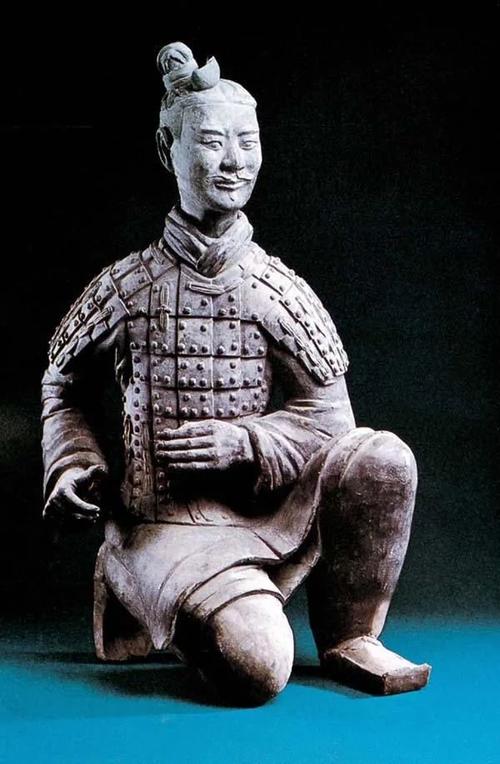
What's Inside the Terracotta Army?
The Terracotta Army, a vast collection of life-sized terracotta sculptures, stands as a silent testament to the might and ambition of Qin Shi Huang, the first emperor of China. While the figures themselves are captivating, the question of what secrets lie within the army's grasp has captivated historians and enthusiasts alike.
The Missing Weapons
Stepping into the presence of the Terracotta Army, one can't help but feel a sense of awe at their sheer scale and detail. Each warrior, crafted with unique features and expressions, once held a weapon, prepared for battle in the afterlife. However, over centuries, most of these weapons vanished, leaving only ghostly traces in the hands of the figures. Theories abound about their disappearance - perhaps looted, decayed beyond recognition, or even intentionally removed before burial.
Unearthed Treasures: A Glimpse into the Past
Although the weapons in the hands of the terracotta warriors had disappeared, in the Exhibition Hall of Historical Relics of Emperor Qin Shihuang's Mausoleum, tourists can still appreciate many weapons unearthed from the pits of Terracotta Army. These weapons, meticulously crafted and preserved, offer us a glimpse into the military technology of ancient China.
Bronze Swords: Symbols of Power and Prestige
Among the unearthed artifacts, bronze swords reign supreme. Forged with an alloy of copper and tin, these swords were not merely instruments of war but also symbols of power and prestige. The swords varied in length and design, reflecting the hierarchy of the army. Some featured intricate patterns and inscriptions, hinting at the advanced craftsmanship of the time.
Spears: The Backbone of the Army
Alongside the swords, spears played a crucial role in the Qin army's arsenal. Their long reach and piercing power made them formidable weapons in close combat. Excavations revealed spears of various lengths, some even exceeding six meters, suggesting their use by specialized units.
Dagger-Axes: Versatility on the Battlefield
The dagger-axe, a unique weapon combining the cutting edge of an axe with the stabbing capability of a dagger, exemplified the Qin army's focus on adaptability. This hybrid weapon, often wielded by officers, allowed for both offensive and defensive maneuvers.
Crossbows: Technological Advancements in Warfare
A testament to the Qin dynasty's technological prowess, the crossbow revolutionized warfare in ancient China. Its powerful mechanism, using a composite bow to propel bolts with deadly accuracy, gave the Qin army a significant advantage on the battlefield. The unearthed crossbows showcased intricate trigger mechanisms and bronze components, highlighting the engineering skills of the era.
Halberds: A Weapon of Multiple Threats
Combining the features of a spear and an axe, the halberd emerged as a versatile weapon on the ancient battlefield. Its long shaft provided reach, while the axe head could cleave through armor, and the hook or spike opposite the blade could be used to disarm or unhorse opponents.
Unveiling the Secrets Within
The unearthed weapons offer a captivating glimpse into the military might of the Qin dynasty. They not only showcase the advanced craftsmanship and technological innovations of the time but also provide insights into the army's organization, tactics, and the lives of the soldiers who once wielded these weapons. The ongoing excavations and research continue to unravel the secrets held within the Terracotta Army, painting a vivid picture of China's glorious past.
Q&A
Q: What types of weapons have been found in the Terracotta Army pits?
A: Archaeologists have unearthed various weapons, including bronze swords, spears, dagger-axes, crossbows, and halberds, providing insight into the diverse arsenal of the Qin army.
Q: Why are the weapons found in such good condition?
A: The unique conditions within the burial pits, including a specific type of clay and careful drainage, played a crucial role in preserving the weapons for centuries.
Q: Are the weapons still on display?
A: Yes, many of the unearthed weapons are exhibited in the Exhibition Hall of Historical Relics of Emperor Qin Shihuang's Mausoleum, offering visitors a tangible connection to the past.